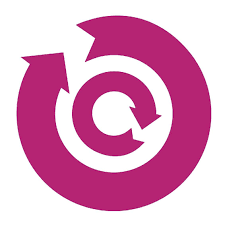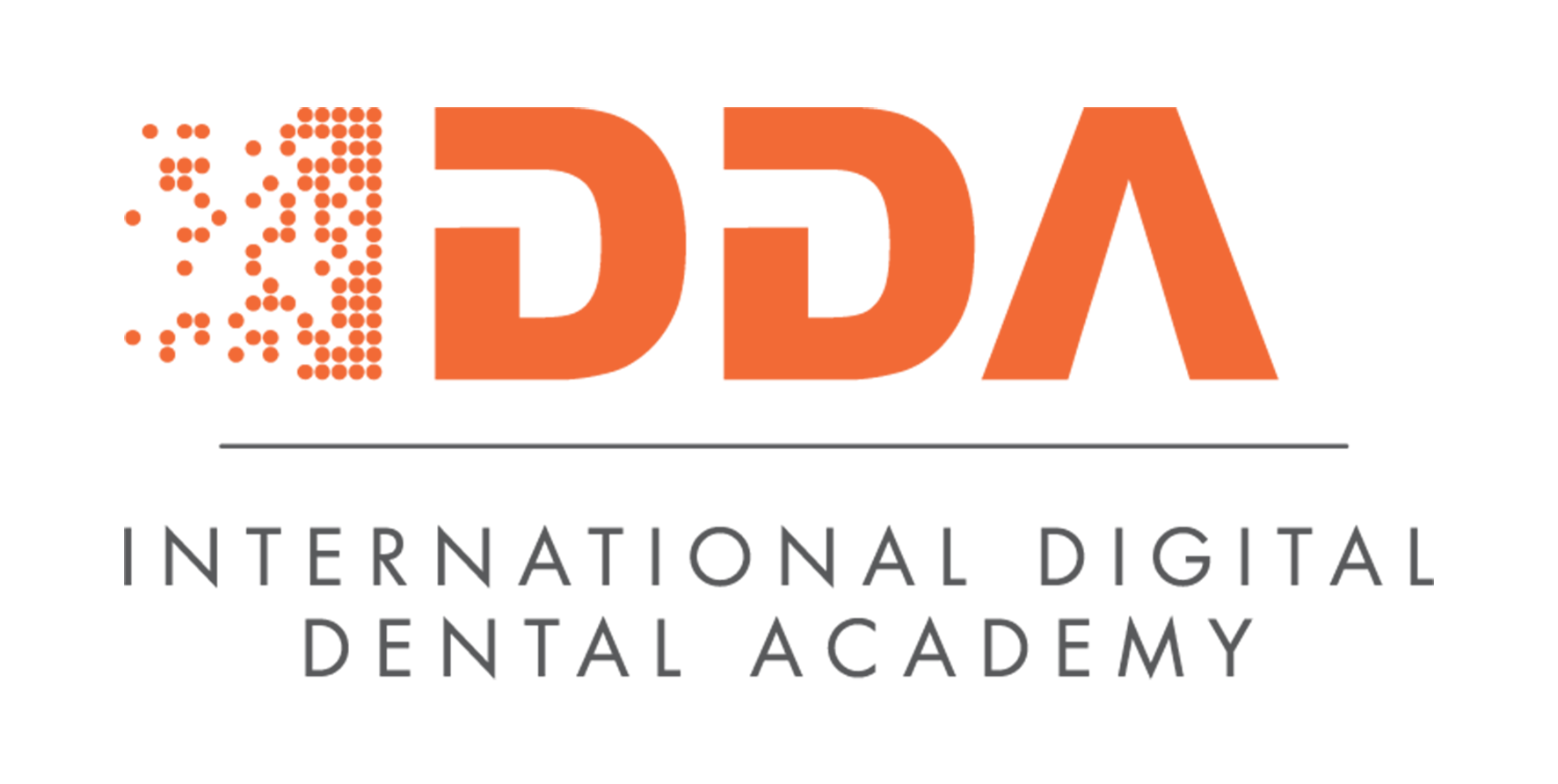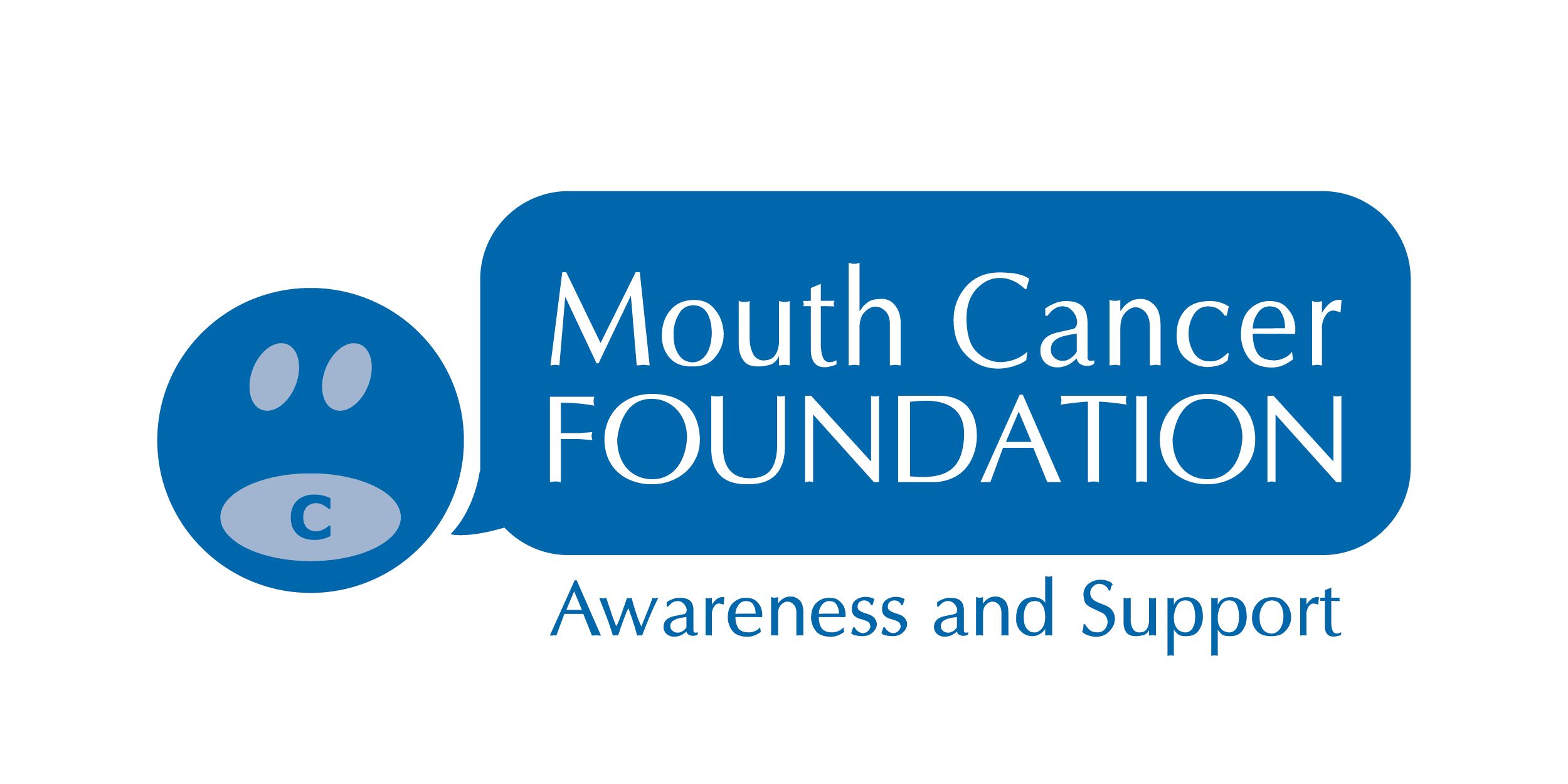Building high-performance teams through coaching
)
You are speaking at this year’s Dentistry Show London on building high-performance teams through coaching. What can delegates expect from your session, and why is this such a relevant topic for dental leaders right now?
In this interactive session, I’ll guide delegates through four practical pillars designed to boost team performance. We’ll explore how to unlock intrinsic motivation, co-create a team contract that clarifies expectations, roles and shared values, and shift from directing to coaching with hands-on practise of powerful questioning. I’ll also introduce a simple coaching framework that leaders can use daily in one-to-one or group settings.
With recruitment bottlenecks, escalating patient expectations and tighter margins, dental leaders need to move beyond top-down directives. Coaching equips practices to boost engagement, resilience and collaborative problem-solving. These are all essential for sustainable performance and exceptional patient care.
Many dental teams are under increasing pressure, from recruitment difficulties to rising patient expectations. How can coaching help practices respond to these challenges while maintaining morale and performance?
Coaching creates a repeatable structure of short, focused conversations, such as daily or weekly huddles, where everyone answers two questions: “What’s working?” and “What’s blocking us?” When leaders ask, “What ideas do you have to solve this?” rather than prescribing solutions, they tap into the team’s collective insight.
This approach uncovers practical solutions, such as redistributing administrative tasks or trialling flexible shift patterns, and builds ownership. When people feel heard and empowered, they stay motivated, work together more effectively and uphold the standards patients expect.
You have worked with leaders across healthcare, retail and finance. What lessons or strategies from other sectors do you think dental practice owners and managers could benefit from most?
Three habits stand out across sectors: frequent, focused feedback loops; front-line coaching; and the use of structured coaching frameworks. In finance, teams often hold post-mortems to reflect on what worked and what didn’t. In dental practice, this might take the form of a two-minute debrief after a complex case or busy morning. In retail, managers shadow staff and offer real-time feedback. Dental leaders can adopt a similar approach by observing chairside or front-desk interactions and following up with thoughtful coaching questions. Many high-performing organisations also use structured models like GROW (Goal, Reality, Options, Will) to guide conversations and turn ideas into clear action.
We often hear the phrase “high-performance team”. What does that mean in the context of a dental practice, and what sets these teams apart from the rest?
A high-performance dental team is one that consistently delivers excellent clinical outcomes, smooth patient journeys and continuous improvement. What sets these teams apart is a strong sense of shared accountability. Every team member, from the hygienist to the receptionist, takes ownership of the practice’s overall success. Clear, co-created ways of working ensure that every team member understands their role, takes responsibility and follows agreed protocols.
These teams are also highly adaptive. They test small changes in their systems or processes, measure what works and refine quickly. Continuous improvement becomes part of the culture. A strong culture of recognition is equally important. Progress is acknowledged regularly, and both individual and team wins are celebrated. Rather than waiting for instructions, these teams proactively identify issues, suggest solutions, and embed positive changes into daily routines.
Mindset seems to be a central pillar of your coaching approach. How do you define a performance mindset, and what does that look like in a dental team environment?
A performance mindset is the belief that abilities can grow through effort, feedback and reflection. In practice, it means seeing challenges as learning opportunities. After a tough day or a complex case, the team might ask, “What can we learn?”
It also means routinely seeking feedback. Hygienists might ask patients to rate their comfort, while admin staff test new scripts and adapt them based on results. Progress is made visible. Small wins, like faster turnaround on lab cases or clearer communication, are celebrated. Coaching reinforces this mindset by turning setbacks into learning moments and recognising every improvement.
For those unsure whether coaching is right for them, whether due to time, cost or uncertainty, what first steps would you recommend to begin building a stronger, more aligned team culture?
Start small. Try a 15-minute weekly check-in where each team member shares what went well and what could be improved. Rotate the facilitator to help build confidence and leadership skills across the team.
Appoint a coaching champion, who can learn a simple method online and run short peer-coaching sessions twice a month. Track just one or two basic indicators, like engagement scores or wait times, and recognise any positive changes. These low-cost, low-effort steps can make a big difference and build the case for deeper coaching investment.
Ultimately, coaching isn’t just a leadership tool. It’s a mindset that helps entire teams grow, adapt and perform at their best, even under pressure.
Don’t miss Justin Leigh’s talk on ‘Creating a high-performance team through coaching’ at Dentistry Show London
3rd October | 10am | Practice Owners & Business Management Theatre
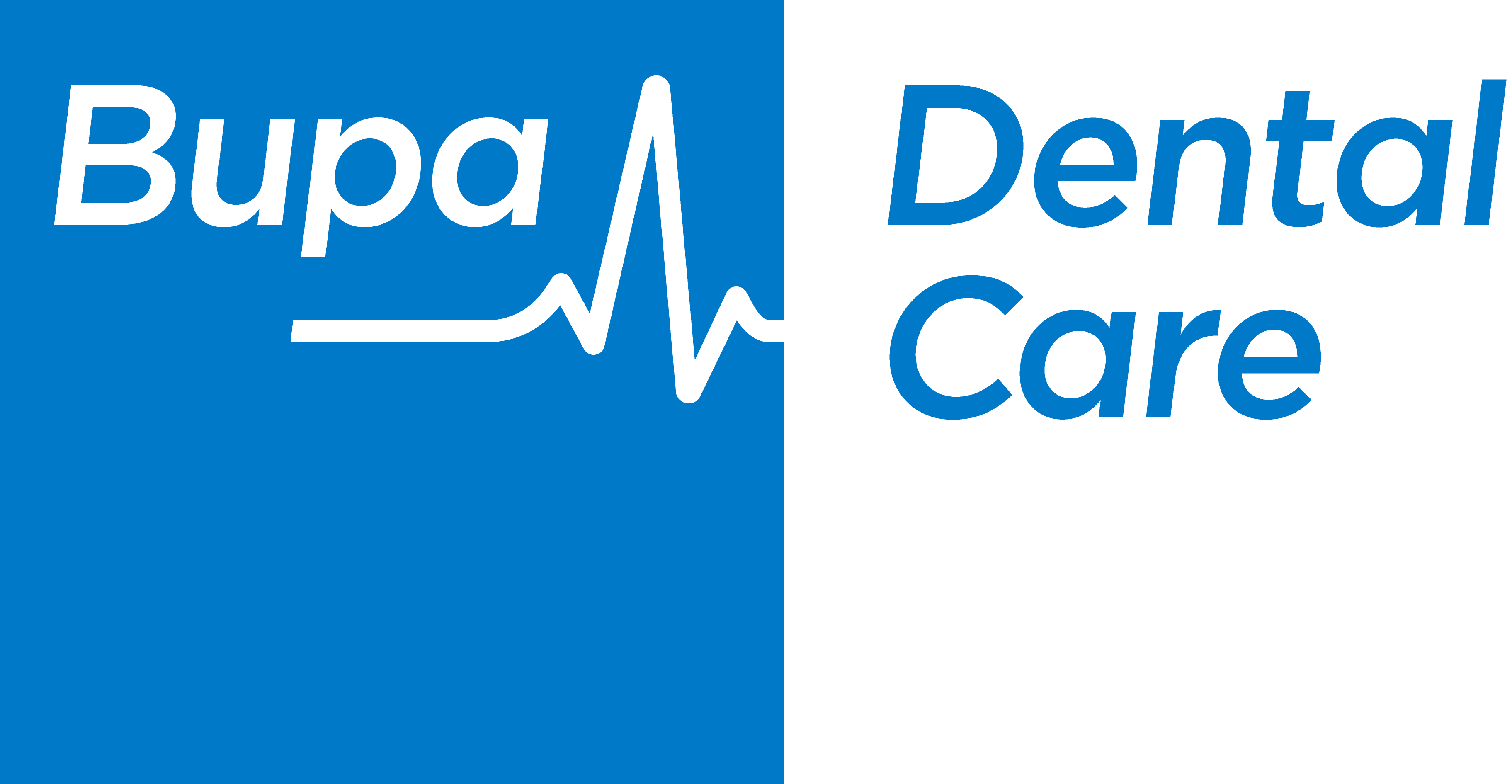


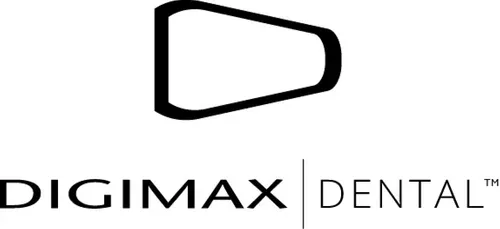

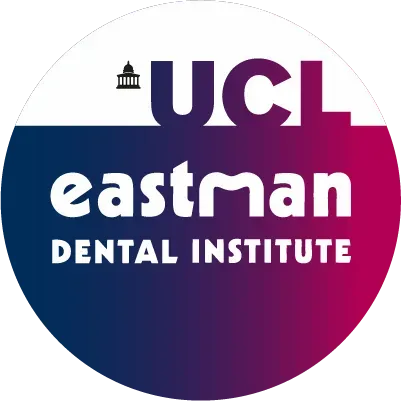










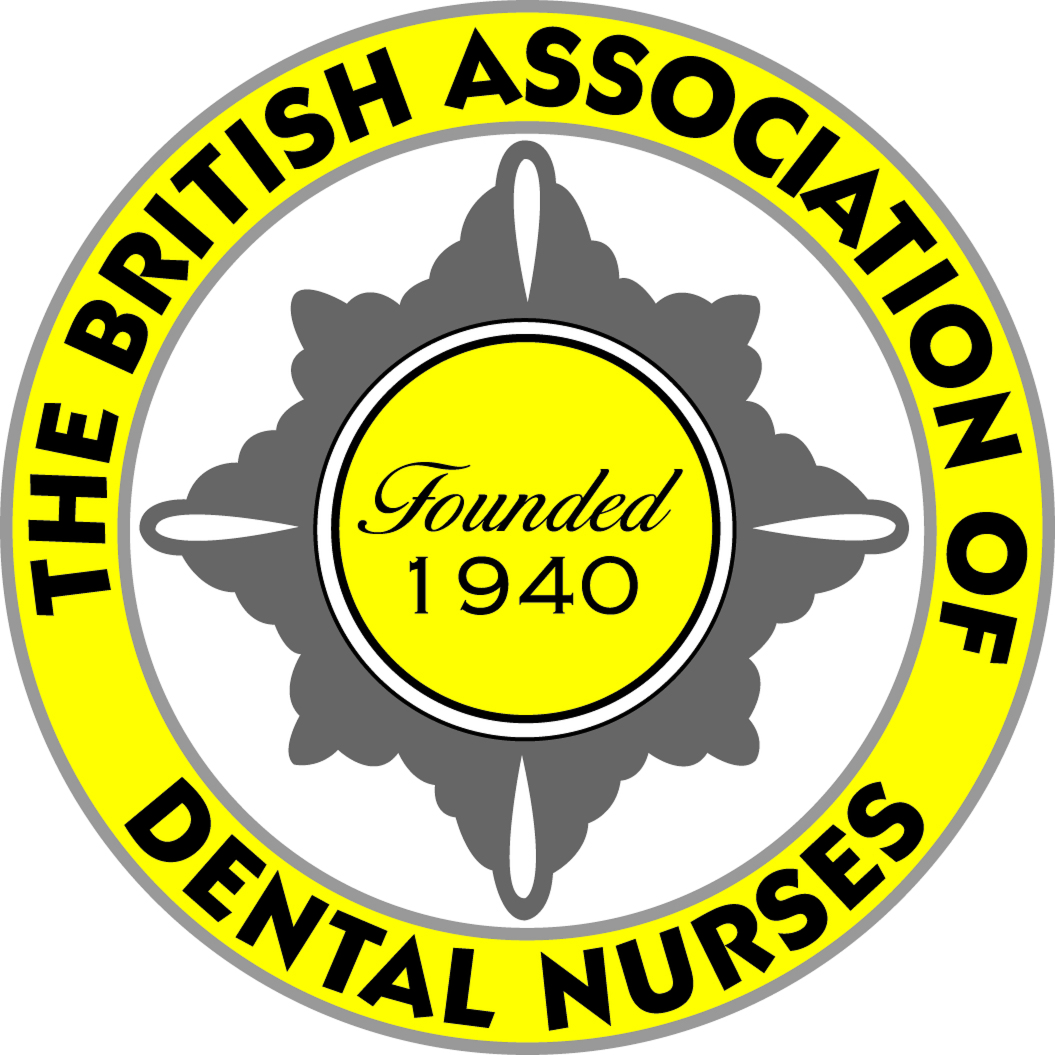
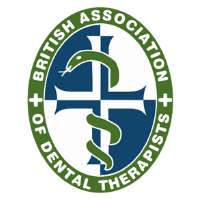

.jpg)

